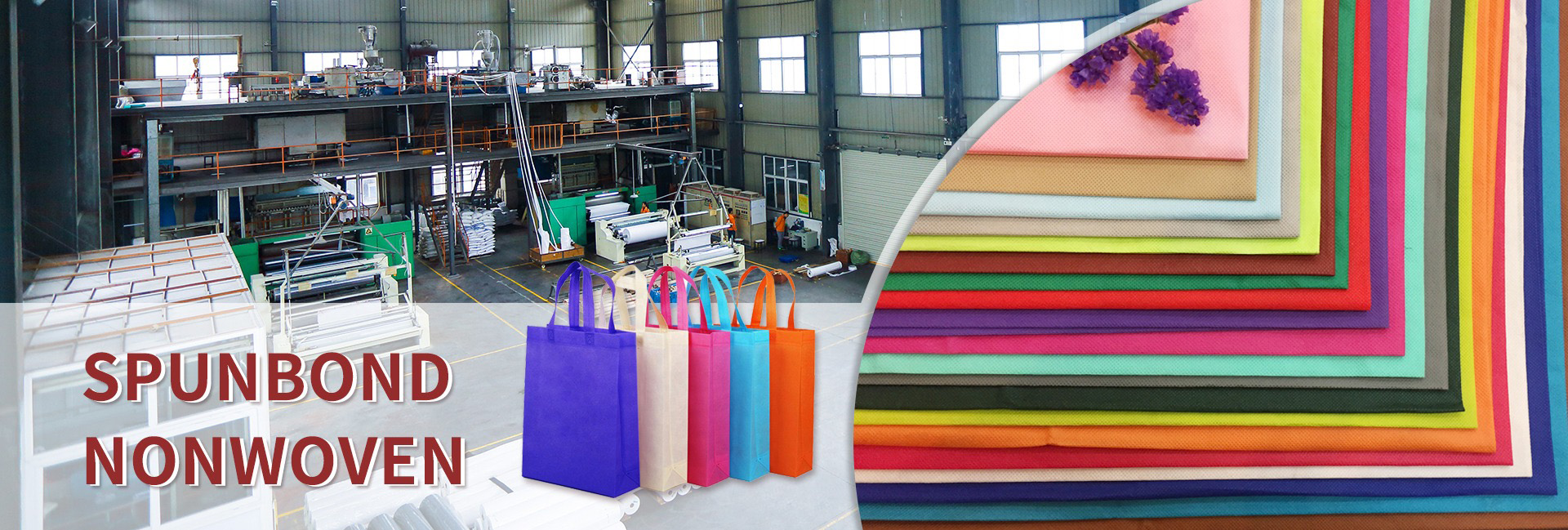The new biodegradable grass proof cloth is a major innovation in agricultural covering materials. Compared with traditional plastic grass proof cloth (such as PE film, PP woven cloth), it has significant breakthroughs in environmental protection, functionality, economic benefits, and ecological benefits. The following is an analysis of core advantages:
Environmental Protection: From ‘White Pollution’ to Natural Circulation
Degradable without residue
Traditional grass proof cloth is made of petroleum based plastics such as polyethylene (PE) and polypropylene (PP), which are difficult to degrade and can form microplastics after disposal, polluting soil and water sources. The new biodegradable grass proof fabric uses biobased materials (such as polylactic acid PLA, starch composite materials, and polyethylene carbonate), which are decomposed into water, carbon dioxide, and humus through microbial action under natural conditions. The degradation cycle can be customized (six months to three years), and does not change the soil pH value and heavy metal content.
No recycling costs, reducing environmental burden
Traditional plastic weed proof cloth needs to be manually cleaned and recycled, otherwise long-term residue can cause soil compaction; Degradable products naturally decompose, eliminating the need for recycling and avoiding secondary pollution.
Functional performance: Beyond the composite value of single weed prevention
Optimizing root environment through permeability and air permeability
Traditional plastic film is prone to water accumulation and root rot. However, biodegradable grass proof cloth with high-density weaving structure or capillary design combines water permeability and moisture retention:
Rainwater can penetrate into the soil, reducing surface runoff and soil erosion;
Simultaneously inhibiting water evaporation, the moisturizing effect is extended by 10 days compared to plastic film.
Case: The coconut fiber grass blanket from Dezhou Zhichen quickly drains during the rainy season to prevent water accumulation in the orchard.
Intelligent temperature control and soil health maintenance
The black surface has a shading rate of over 95%, effectively inhibiting weed photosynthesis;
Dual color design (such as green and black/white and black) to regulate surface temperature: cooling and root burn prevention in summer, and root insulation and protection in winter;Breathable structure promotes soil microbial activity, improves aggregate structure, and avoids soil compaction caused by traditional plastic film.
Integrated fertilizer slow-release function (technological innovation)
Some high-end products (such as tobacco specific anti grass cloth) have built-in storage balls filled with nitrogen, phosphorus, and potassium compound fertilizers. Fertilizer is slowly released into the soil during watering, achieving “no lifting and fertilization” and significantly reducing labor costs.
Economic benefits: Better long-term costs
Although the unit price of biodegradable grass proof fabric is slightly higher (traditional fabric is about 0. X yuan/㎡, biodegradable fabric is about X yuan/㎡), the overall cost is significantly superior:
Cost item: Traditional grass proof cloth, biodegradable grass proof cloth
Low initial investment slightly higher
High cost of environmental treatment (requires cleaning), no (natural degradation)
High labor input (weeding/replacement) and low (reduced maintenance)
The improvement in fruit quality is generally significant (excellent fruit rate ↑)
Poor agricultural sustainability
Data source: Product analysis of Dezhou Zhichen
Case: After using biodegradable cloth in the orchard, the sweetness and yield of the fruit increased due to the reduction of pests and diseases and soil improvement, with a market premium of up to 20%.
Agronomy Value: From Weeding to Ecological Synergy
Reduce pesticide dependence
Replace herbicides with physical barriers to prevent chemical residues; Early spring coverage can prevent overwintering pests from emerging, reducing the incidence of pests and diseases by more than 30%.
Promote root health and fruit quality
Concentrate the absorption range of root nutrients and increase sugar accumulation (such as increasing yield by 15% in vineyards);
Avoid the problem of root hypoxia caused by traditional planting methods, especially suitable for shallow rooted crops such as strawberries.
Application flexibility: stronger scene adaptation
Customize degradation cycles as needed
Vegetables: Degradation within six months
Medicinal herbs: 1-year degradation
Fruit trees: degrade 8 in 3 years;
Enhanced durability design
The wind resistance and tear resistance are improved by adding protective edges, fabric reinforcing lines and anti-aging agents (such as hindered phenols). The service life is 1 – 3 years, close to the traditional plastic cloth.
Conclusion: Degradable grass proof cloth is the core tool for agricultural green transformation
Its advantages are not only reflected in environmental compliance (such as the EU plastic ban), but also in achieving a win-win situation for the economy and ecology by reducing overall costs, improving crop quality, and reducing environmental liabilities. In the future, with material innovation (such as PLA-PP blending to enhance toughness) and intelligent functional integration (slow-release fertilizer+sensor), biodegradable grass proof cloth will become a standard configuration for sustainable agriculture.
Dongguan Liansheng Non woven Technology Co., Ltd. was established in May 2020. It is a large-scale non-woven fabric production enterprise integrating research and development, production, and sales. It can produce various colors of PP spunbond non-woven fabrics with a width of less than 3.2 meters from 9 grams to 300 grams.
Post time: Jul-16-2025

